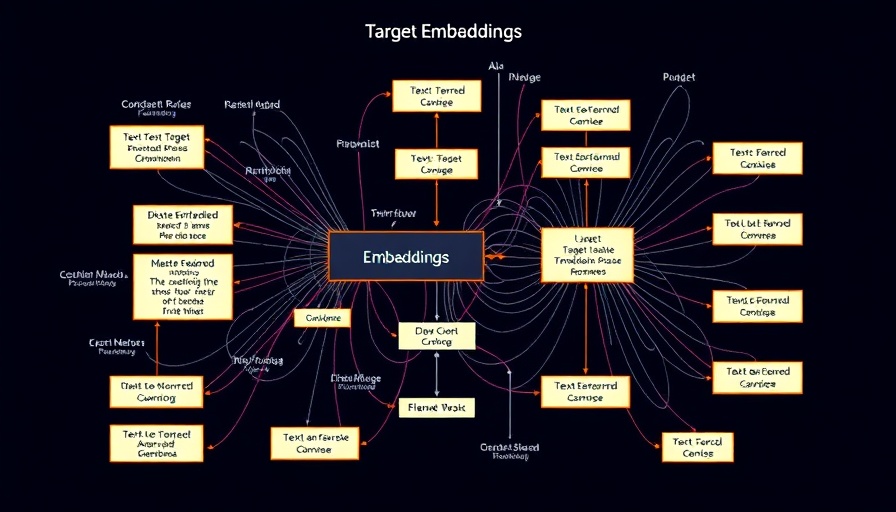
Could LLMs Drive the Future of Autonomous Vehicles?
The quest for self-driving cars has taken many twists and turns over the past decade. Historically, the approach to building these vehicles focused on modular systems, breaking down the task into manageable parts: perception, localization, planning, and control. But what if the solution to this complex puzzle lay in a completely different domain?
Imagine if large language models (LLMs), the tech behind AI sensations like ChatGPT, became the game-changer for autonomous driving. Much like how Alexander Fleming's accidental discovery of penicillin revolutionized medicine, could LLMs offer unexpected breakthroughs for self-driving technology?
Understanding LLMs: The Basics
For those unfamiliar with the term, LLMs process vast amounts of language data through a technique known as tokenization, converting text into numerical representations. Essentially, they predict continuation based on patterns gleaned from previous data. This deep learning approach has primarily transformed natural language processing but shows promise in the realm of robotics as well.
The Role of LLMs in Self-Driving Cars
Recent studies highlight that integrating LLMs, particularly in enhancing perception systems, could drastically improve how autonomous vehicles understand and interact with their environment. According to industry experts, these models can learn to describe scenes and driving decisions, enhancing both the vehicle's understanding and user trust.
Real-World Applications with Wayve's Lingo-1
A significant leap in utilizing LLMs has been initiated by autonomous vehicle companies like Wayve. Their innovative model, named Lingo-1, is designed to engage users in conversation about driving actions, explaining why a vehicle behaves a certain way when navigating traffic. This real-time communication could provide invaluable insights and improve safety on the roads.
Challenges That Still Exist
Despite the promising potential, challenges like data collection, ensuring accuracy, and controlling the notorious phenomenon known as 'hallucinations' remain. These hallucinations can lead LLMs to generate incorrect or unsafe advice during critical situations, which makes fine-tuning and implementing robust safety measures imperative.
The Road Ahead for LLMs in Autonomous Driving
As the exploration of LLMs and their applications in automobile technology continues to grow, it's clear that innovation is around the corner. This intersection of machine learning and automotive engineering could redefine the safety, efficiency, and user experience of self-driving cars. Just as penicillin marked a historic medical breakthrough, LLMs could steer autonomous systems toward safer, smarter futures.
Could we be on the brink of an era where your car understands your words, thoughts, and driving needs? As we continue to analyze the impacts of AI on transportation, one thing remains certain: we stand at the precipice of a new age in mobility.
 Add Row
Add Row  Add
Add 




 Add Row
Add Row  Add
Add 


Write A Comment